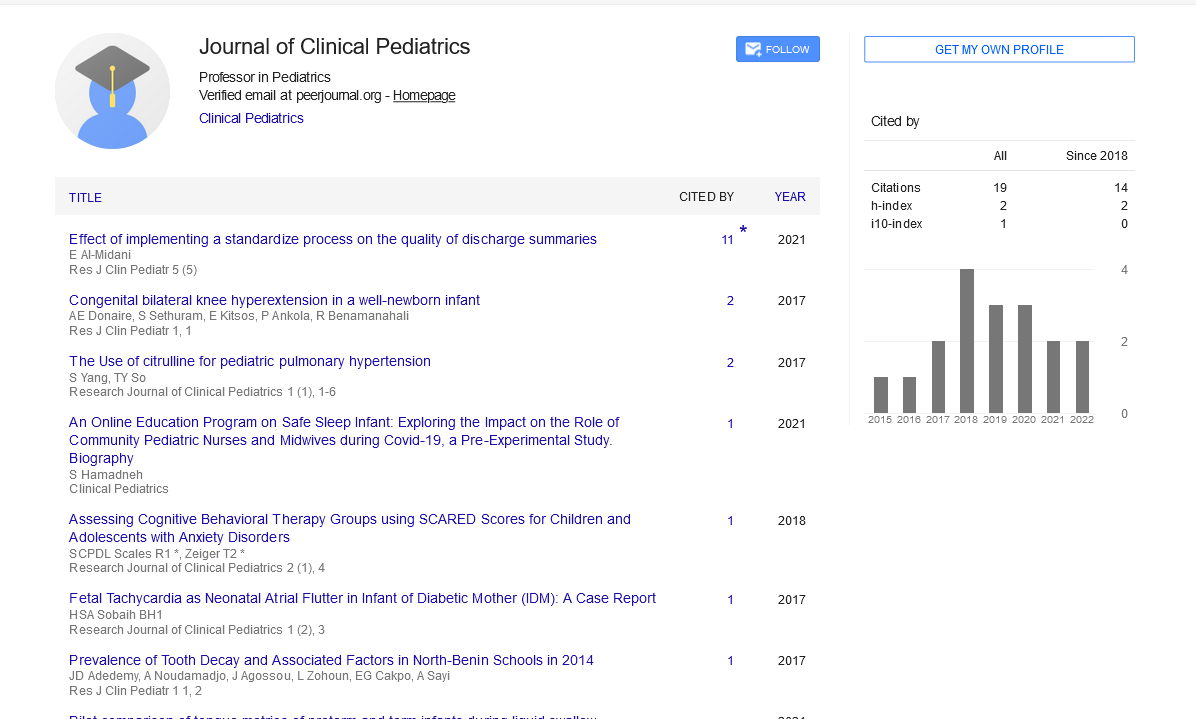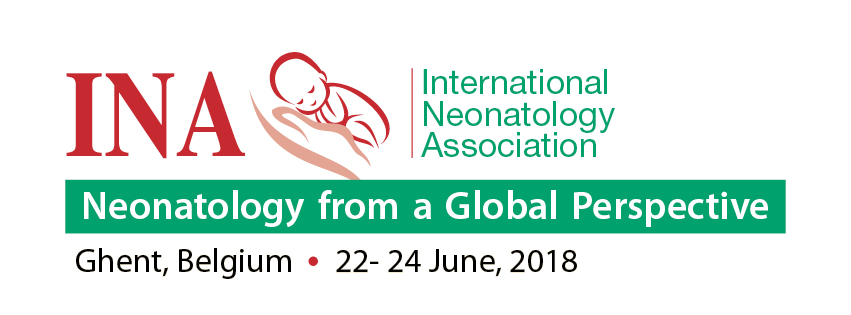Perspective, Res J Clin Pediatr Vol: 7 Issue: 4
An Overview on Pediatric Otolaryngology: It's Challenges and Future Directions
Zhang Lee*
1Department of Pediatrics, University College of Nursing, Milwaukee, USA
*Corresponding Author: Zhang Lee,
Department of Pediatrics, University College
of Nursing, Milwaukee, USA
E-mail: zhangleeza.ong@marquette.edu
Received date: 27 November, 2023, Manuscript No. RJCP-24-128406;
Editor assigned date: 30 November, 2023, PreQC No. RJCP-24-128406 (PQ);
Reviewed date: 07 December, 2023, QC No. RJCP-24-128406;
Revised date: 21 December, 2023, Manuscript No. RJCP-24-128406 (R);
Published date: 28 December, 2023 DOI: 10.4172/rjcp.1000165
Citation: Lee Z (2023) An Overview on Pediatric Otolaryngology: It's Challenges and Future Directions. Res J Clin Pediatr 7:4.
Description
Pediatric otolaryngology, a specialized field within Ear, Nose, and Throat (ENT) medicine, deals with the diagnosis and treatment of disorders affecting the head and neck region in children. With unique anatomical and physiological considerations, pediatric patients present distinct challenges and require specialized care.
Advancements in pediatric ctolaryngology
Minimally invasive techniques: Minimally invasive approaches, such as endoscopic sinus surgery and laser procedures, have revolutionized the treatment of various pediatric ENT conditions. These techniques offer reduced morbidity, faster recovery times, and improved outcomes compared to traditional open surgeries.
Cochlear implants: Cochlear implants have transformed the management of severe hearing loss in children. Advancements in implant technology and surgical techniques have led to better auditory outcomes, allowing children to develop speech and language skills more effectively.
Airway reconstruction: Complex congenital and acquired airway disorders in children often require surgical intervention for reconstruction. Innovations in surgical techniques, including cartilage grafting and tissue engineering, have improved the success rates of airway reconstruction procedures, offering better long-term outcomes for pediatric patients.
Genetic and molecular research: Advances in genetic and molecular research have enhanced our understanding of hereditary ENT disorders in children. This knowledge has paved the way for targeted therapies and personalized treatment approaches, improving outcomes for genetic conditions such as syndromic hearing loss and craniofacial anomalies.
Telemedicine and teleaudiology: Telemedicine and teleaudiology have emerged as valuable tools in pediatric otolaryngology, especially in underserved areas or during emergencies. Remote consultations, telemonitoring, and virtual follow-ups enable improved access to specialized care and enhance continuity of treatment for pediatric patients.
Challenges in pediatric otolaryngology
Anatomical variations and growth: The unique anatomical characteristics and ongoing growth and development in pediatric patients pose challenges for diagnosis and treatment. Surgeons must carefully consider anatomical variations and growth trajectories to avoid complications and ensure optimal outcomes.
Communication and compliance: Effective communication with pediatric patients and their caregivers is important for successful treatment outcomes. However, communication barriers, especially in younger children or those with developmental delays, can hinder accurate diagnosis and compliance with treatment plans.
Surgical Risks and anesthesia: Pediatric otolaryngologic surgeries carry inherent risks, particularly related to anesthesia and perioperative care. Specialized pediatric anesthesia teams and comprehensive preoperative assessments are essential to minimize complications and ensure the safety of pediatric patients undergoing surgery.
Psychosocial considerations: Pediatric ENT conditions can have significant psychosocial impacts on children and their families. Addressing psychosocial concerns, providing support services, and involving multidisciplinary teams are essential components of comprehensive care in pediatric otolaryngology.
Access to care: Disparities in access to specialized pediatric otolaryngologic care exist due to geographical, socioeconomic, and healthcare system factors. Efforts to improve access through telemedicine, community outreach programs, and enhanced collaboration between primary care providers and specialists are needed to address these disparities.
Future directions
Advancements in genomic medicine and personalized therapeutics hold promise for precision medicine approaches in pediatric otolaryngology. Tailoring treatment strategies based on individual genetic profiles and molecular signatures could lead to more effective and targeted interventions. The field of regenerative medicine offers potential solutions for tissue repair and reconstruction in pediatric ENT disorders.
 Spanish
Spanish  Chinese
Chinese  Russian
Russian  German
German  French
French  Japanese
Japanese  Portuguese
Portuguese  Hindi
Hindi 
